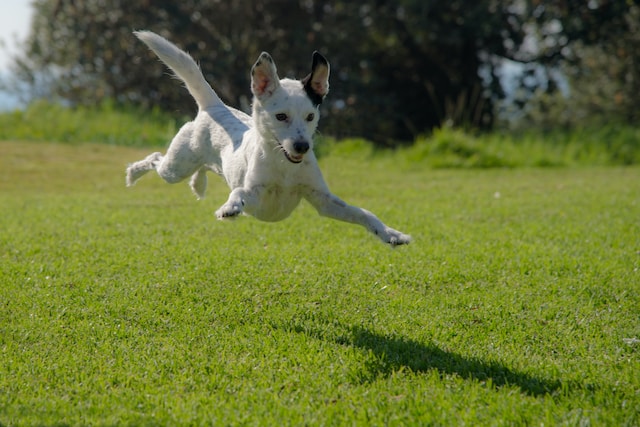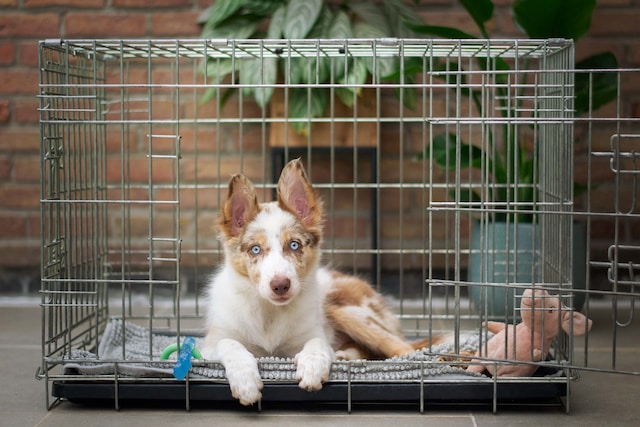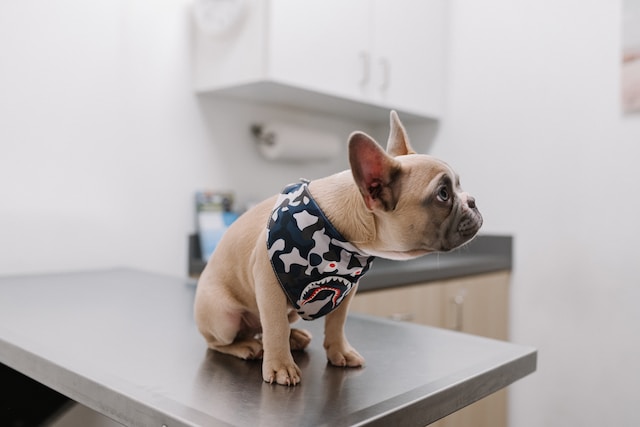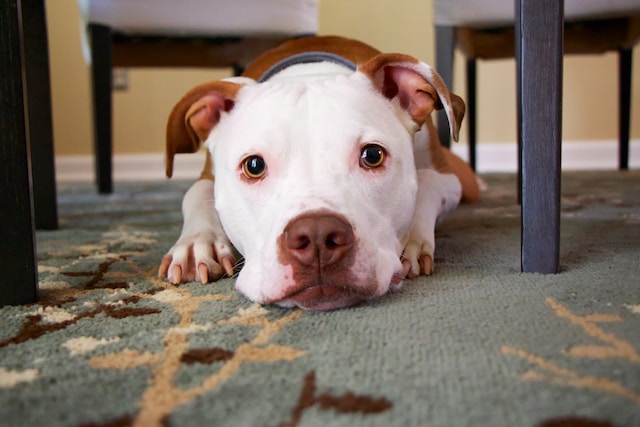Separation anxiety is a common problem among dogs. It’s a condition that causes your furry friend to become extremely anxious and stressed when they are left alone. It can manifest in various ways, such as barking, howling, destructive behavior, or even self-harm. Separation anxiety can be distressing for both the dog and the owner, but the good news is that there are ways to manage and treat it. In this blog post, we’ll discuss some tips on how to deal with separation anxiety in dogs.
Create a Calm Environment

Leaving your dog alone can be a stressful experience for them, but there are steps you can take to make the situation more manageable. Preparing a calming environment for your furry friend is one of the most important things you can do to help them feel more comfortable. Ensure that their living space is clean, well-ventilated, and free from any potential hazards or hazards. You can add soft blankets, comfortable bedding, and pillows to create a cozy and inviting space. Providing your dog with their favorite toys, treats, and puzzles can help keep them mentally stimulated and distracted while you’re away. Leaving a piece of clothing with your scent on it, such as a t-shirt, can also provide comfort to your dog and help them feel more secure.
Exercise Your Dog

Regular exercise is critical to a dog’s overall health and happiness. In addition to keeping them physically fit, exercise can also provide significant mental benefits to our furry companions. A well-exercised dog is less likely to experience anxiety, stress, or other behavioral issues that may arise from boredom or pent-up energy. Before leaving your dog alone, it is essential to give them a chance to burn off some of that energy. You can take them for a brisk walk, play fetch, or engage them in some other form of physical activity that they enjoy. This will not only help to tire them out but also provide them with a sense of satisfaction and fulfillment, reducing their stress levels and helping them to relax.
Gradual Departures and Arrivals

Dogs are creatures of routine, and changes in their routine can cause anxiety and stress. When leaving or arriving home, it’s important to keep things as low-key as possible to avoid upsetting your dog’s daily routine. Try not to make a fuss or show too much excitement when leaving or arriving home, as this can cause your dog to become overly anxious or excitable. Starting with short departures and gradually increasing the time you spend away can help your dog adjust to your absence gradually. This approach can help to reduce separation anxiety and prevent your dog from becoming overly distressed when you leave. Over time, your dog will learn to associate your departures with positive experiences like treats or a new toy, helping to reduce any negative associations with your absence.
Practice Crate Training

Crate training is an excellent option for dogs that struggle with separation anxiety. A crate can provide a safe and secure space for your furry friend, giving them a sense of comfort and protection when you’re not around. The key to successful crate training is to introduce the crate gradually and positively. Start by allowing your dog to explore the crate with the door open, and gradually work up to leaving them in it for short periods while you’re home. It’s important to make the crate a positive and rewarding space for your dog, using treats, toys, and praise to encourage them to go inside. Over time, your dog will learn to associate the crate with feelings of security and comfort, making it easier for them to manage their separation anxiety.
Seek Professional Help

While crate training and other at-home techniques can be effective for managing mild to moderate cases of separation anxiety in dogs, severe cases may require professional help. If your dog is experiencing severe separation anxiety, it is crucial to seek the guidance of a veterinarian or a qualified dog behaviorist. These professionals can evaluate your dog’s specific situation and recommend a personalized treatment plan. This may include medication to help manage anxiety symptoms, behavioral therapy to help your dog learn coping mechanisms, or a combination of both. With proper guidance and support, many dogs with separation anxiety can learn to manage their symptoms effectively and lead happy, healthy lives.
Conclusion
Separation anxiety is a challenging condition, but with patience, consistency, and the right strategies, it can be managed effectively. Remember that every dog is different, and what works for one may not work for another. It’s essential to be patient, consistent, and seek professional help if necessary. By following the tips above, you can help your furry friend to feel more comfortable and relaxed when you’re not around.
